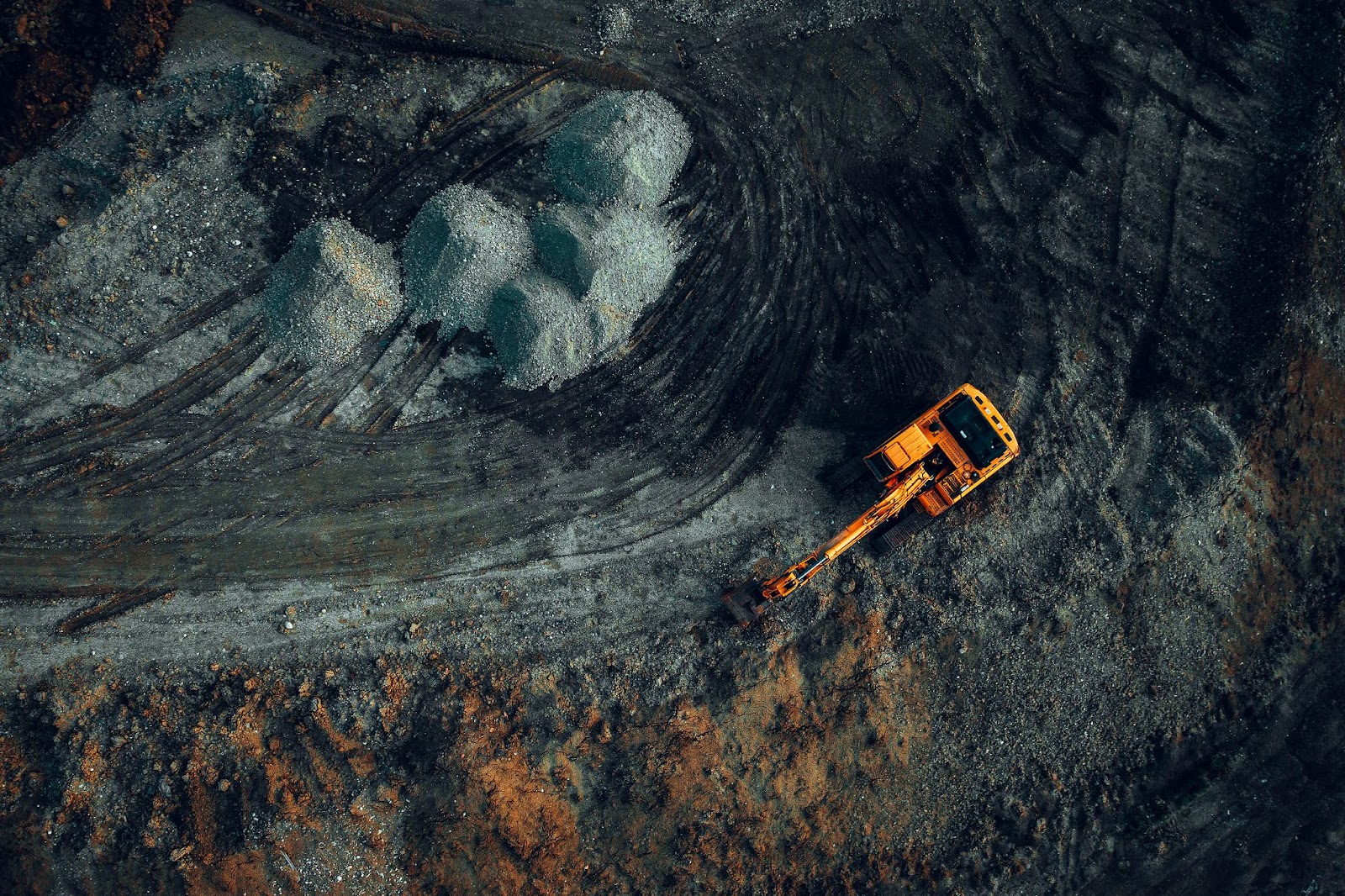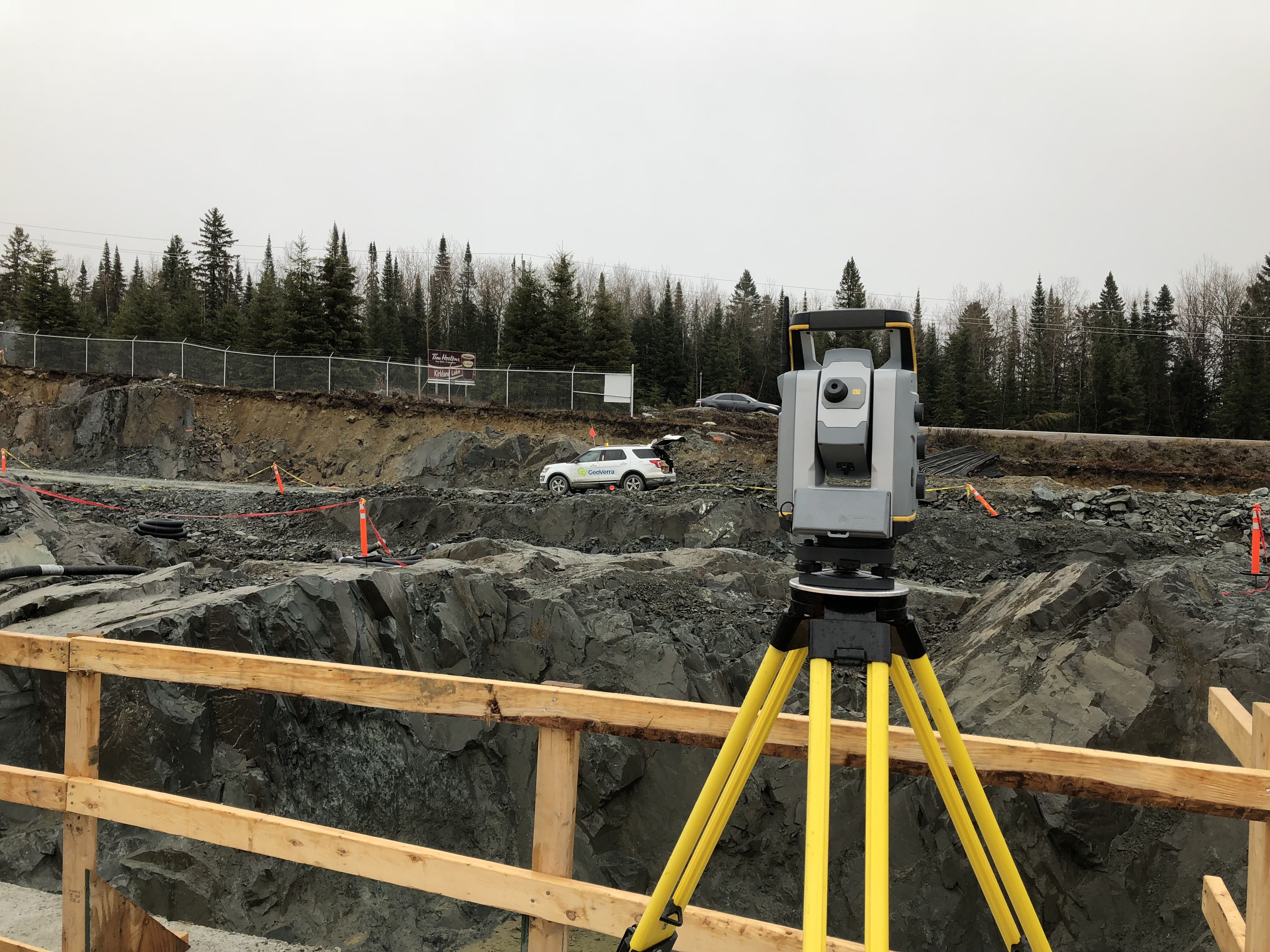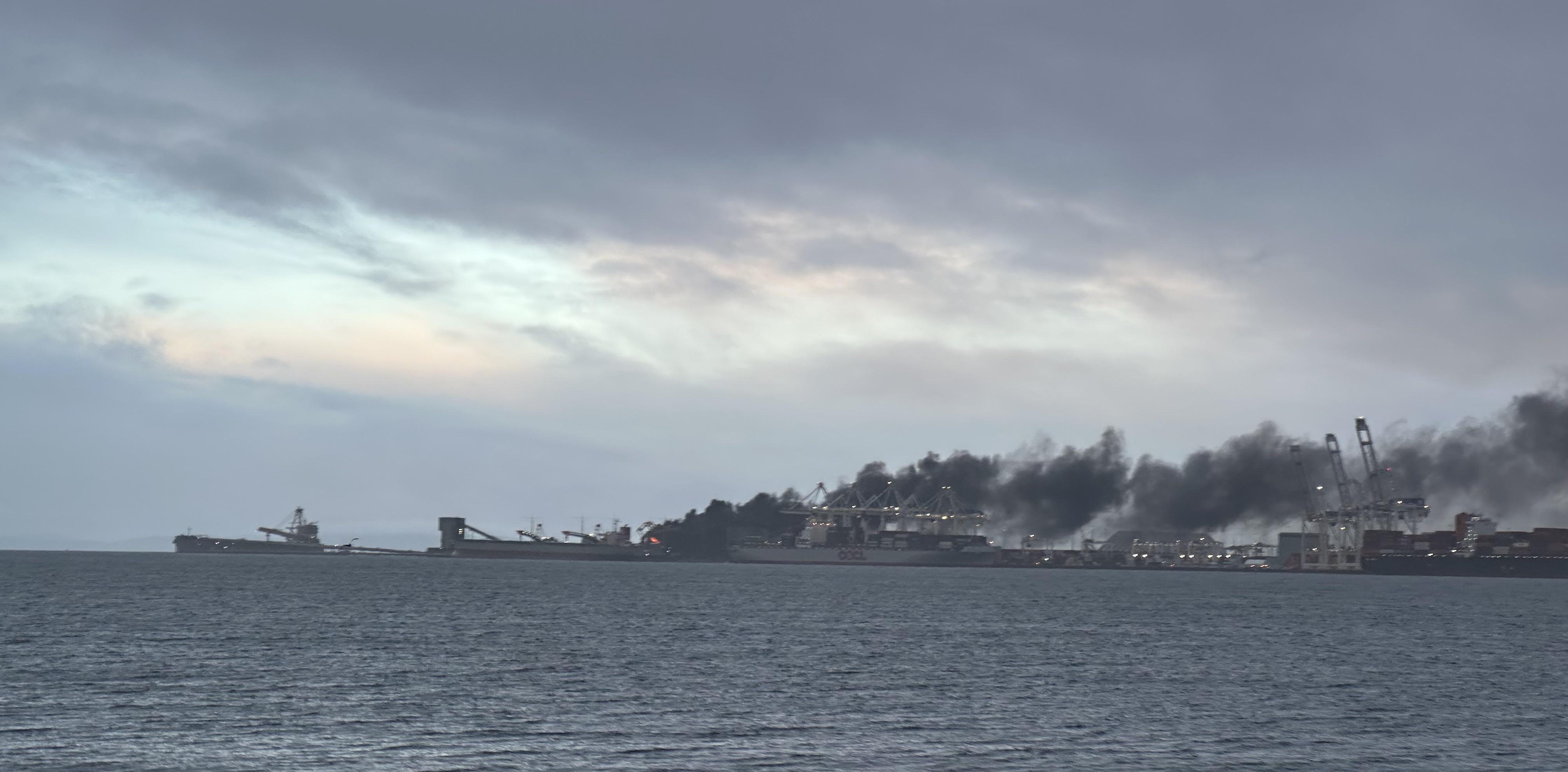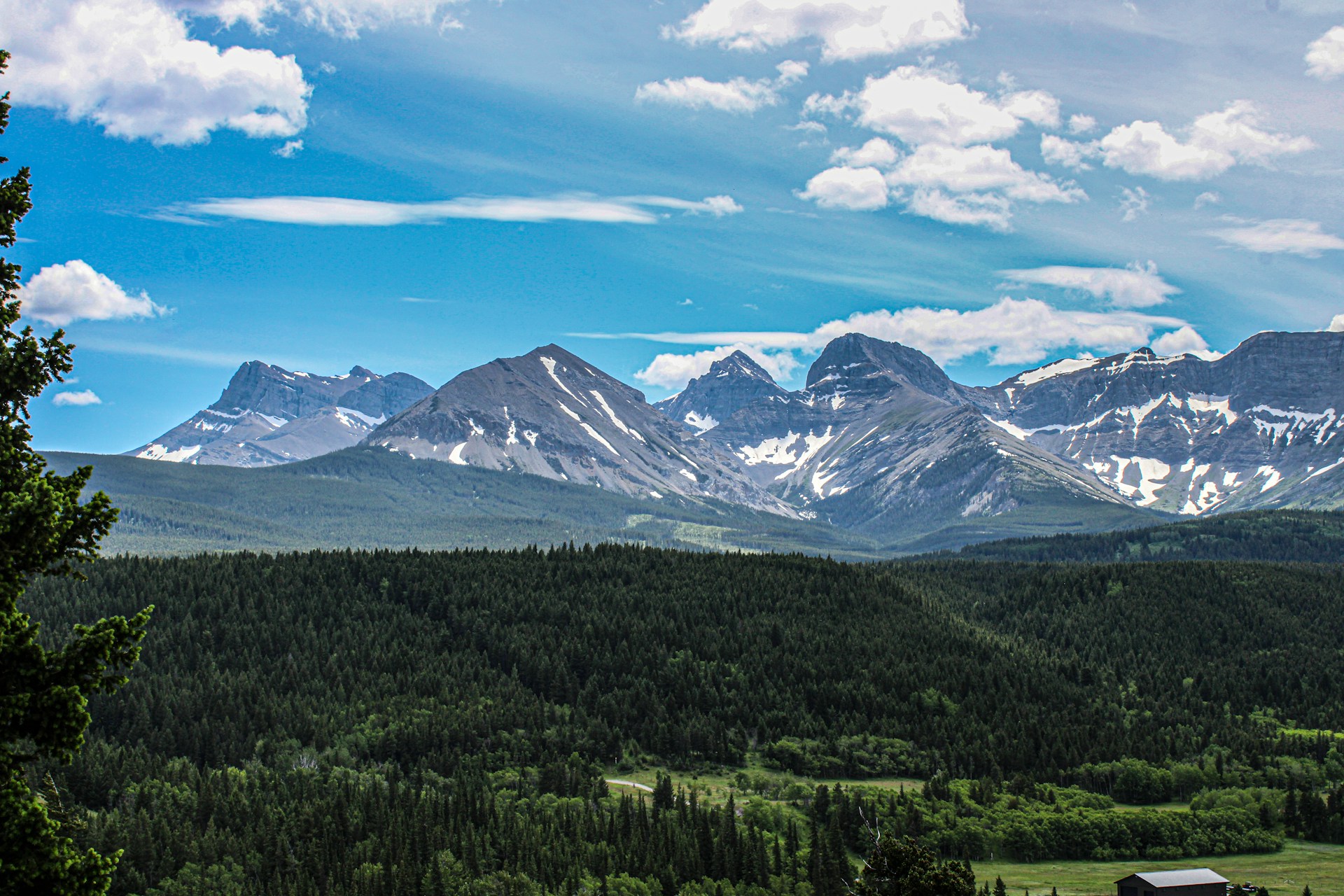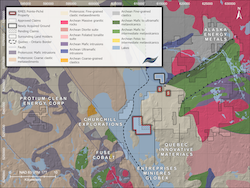CanAlaska Uranium reviews & updates current project activities
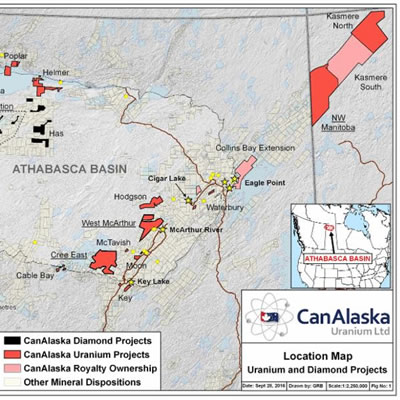
Map of CanAlaska projects. — Photo: CanAlaska Vancouver, Canada, November 14, 2016 - CanAlaska Uranium Ltd., ("CanAlaska" or the "Company") wishes t
Map of CanAlaska projects. — Photo: CanAlaska
Vancouver, Canada, November 14, 2016 - CanAlaska Uranium Ltd., ("CanAlaska" or the "Company") wishes to update shareholders on activities being carried out by the Company. CanAlaska is currently active with three uranium projects, two diamond projects, and ground work being carried out on its brownfields copper-zinc project in Manitoba. In 2016 the Company initiated Option Agreements with Cameco, De Beers, Denison Mines, Fjordland Exploration and Canterra Minerals for cash consideration of $800,000 and work requirements of up to $38.7 million. These projects are advancing the Company's growth.
This year at West McArthur, Cameco has completed 3,342 metres of drilling at three sites along a 3.5 km section of what appears to be the continuation of the C10 conductor package. Further to the east, just beyond CanAlaska's property boundary, the C10 conductor has been shown to host high-grade uranium mineralization at Fox Lake (approximately 68.1 million pounds based on 387,000 tonnes at 7.99 per cent of triuranium octoxide). This next exploration program at West McArthur is being reviewed and will be finalized and detailed by the end of November.
Diamond exploration is being carried out by De Beers' exploration team across 17,400 hectares (43,000 acres) of claims in western Athabasca. Eighty-five targets have been identified from low level high resolution airborne geophysical surveys. Seven of these targets have been tested, but have not intersected kimberlite. A large number of the targets cannot be drill tested until after winter freeze. The Company expects to be able to report on winter exploration plans for the West Athabasca project by the end of November.
The Company is currently evaluating a series of 50 magnetic anomalies detected from the recent 4,000 kilometre low level, detailed airborne survey over the Alberta Diamond project. Previous regional and local surveys had delineated a number of magnetic, and in several cases, coincident electromagnetic anomalies. The current work is focused on modelling the abundance of negative magnetic anomalies which appear west of the West Carswell project, currently under option to Canterra Minerals. These targets are in contrast to the magnetic features currently being evaluated by De Beers on the Company's West Athabasca project.
A field crew, under contract to CanAlaska, carried out work on the North Ruttan Copper Zinc (VMS) property in late September. This property is a brownfield exploration project 3.5 km north of the past producing Ruttan Mine.
A 1.2 km sulphide horizon has been defined by 15 historical drill holes. This preliminary drilling from 1980, shows elevated copper gold and zinc mineralization and widths of sulphide mineralization up to 56 metres (of 0.06% copper and 0.1 % zinc).
The Company is in receipt of a Manitoba Government grant (MEAP) for a winter program of drill testing of the target as well as the work permit to complete the drilling.
The first drill hole by Denison Mines was completed on this property in early 2016. The core showed weak uranium mineralization at the unconformity with potential for further mineralization on section and along strike. One additional hole was planned for summer work, but was postponed because of local swampy ground conditions. The Company anticipates further work by Denison in 2017.
Two drill holes were carried out by Makena Resources that have now relinquished their option. Elevated uranium, along with fracturing and clay alteration was encountered at the unconformity, and within the basement granite and granite gneisses. The cause of the large gravity anomaly previously surveyed in this area is not explained by the rocks encountered in the drill hole, however the large amount of fracturing and clay alteration indicate potential for a nearby hydrothermally altered fault zone, with potential for significantly uranium mineralization. This project is currently being marketed to third parties.
In 2015, summer drilling explained the source of the Maguire Lake gravity anomaly, by intersecting significant widths of hydrothermal clay alteration and elevated uranium mineralization, along a 500-metre section of the target. Further drilling of this target is warranted, as is drilling of the "Y" shaped 1.2 kilometre long gravity target located one kilometre further north, in the northern part of the Maguire grid. Two additional large gravity targets are associated with structures and conductive horizons, 3 km to the south and 2 km to the west of the current drilling. The project is funded and operated by Northern Uranium, which have earned a 70% interest in the project as part of an $11.6 million option to earn an 80% interest in the project.
CanAlaska Uranium Ltd. (TSX-V: CVV; OTCQB: CVVUF; Frankfurt: DH7N)holds interests in approximately 500,000 hectares (1.2 million acres), one of the largest land positions in Canada's Athabasca Basin region - the "Saudi Arabia of Uranium." CanAlaska's strategic holdings has attracted major international mining companies Cameco, Denison, KORES, KEPCO, and the De Beers Group of Companies as partners. CanAlaska is a project generator and is positioned for discovery success in the world's richest uranium district. For further information visit www.canalaska.com
